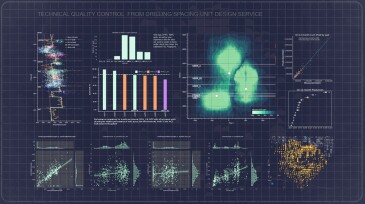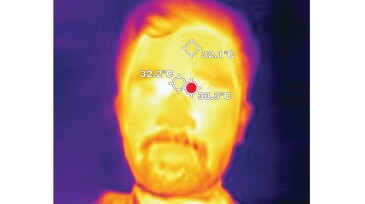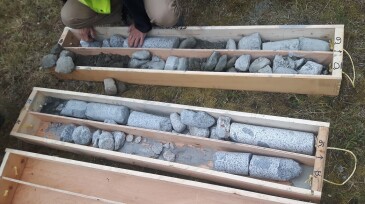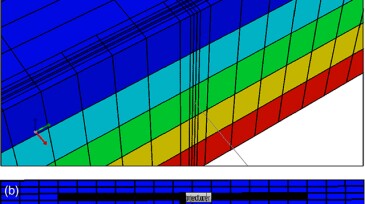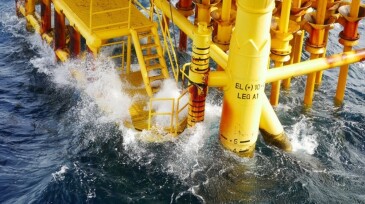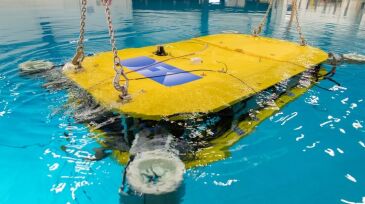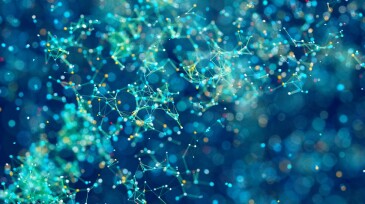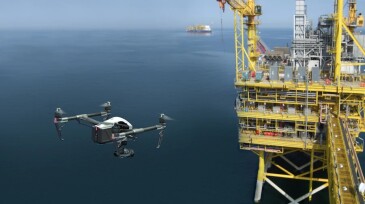machine learning
-
Geolog and Petro.ai announced a strategic partnership to deliver data science products and services to the global energy industry.
-
Incorporating domain knowledge into your architecture and your model can make it a lot easier to explain the results, both to yourself and to an outside viewer. Every bit of domain knowledge can serve as a stepping stone through the black box of a machine learning model.
-
This paper explains how machine learning and physiology can be used to improve rig technical training by monitoring the operator’s stress, leading to targeted training to manage such situations better.
-
Researchers from Skoltech have trained a neural network to recognize rock samples in core box images efficiently. The process has sped up analysis by up to 20 times and made it possible to automate the description of rock samples.
-
The paper investigates estimation of optimal design variables that maximize net present value for life-cycle production optimization during a single-well CO2 huff ‘n’ puff process in unconventional oil reservoirs.
-
Their model’s predictions should help researchers improve ocean climate simulations and hone the design of offshore structures.
-
This paper presents the development and test of a method to predict upstream events that could lead to flaring, applying an integrated framework using machine-learning and big-data analytics.
-
A two-armed autonomous underwater vehicle has been launched for complex inspection and maintenance tasks, embedded in a powerful IT infrastructure that enables both intuitive control and monitoring of the system and effective information flow with the plant operator.
-
Applications include identifying new green catalysts to enable the conversion of waste products to useful matter, green hydrogen generation, CO2 utilization, and the development of fuel cells. Novel catalysts also could be used to replace expensive and rare materials such as iridium, the metal used to generate green hydrogen and CO2 reduction products.
-
Artificial intelligence and machine learning are gaining acceptance quickly in the oil and gas industry. This article presents key industry applications for these technologies as well as the critical role private cellular networks play in leveraging them successfully.

